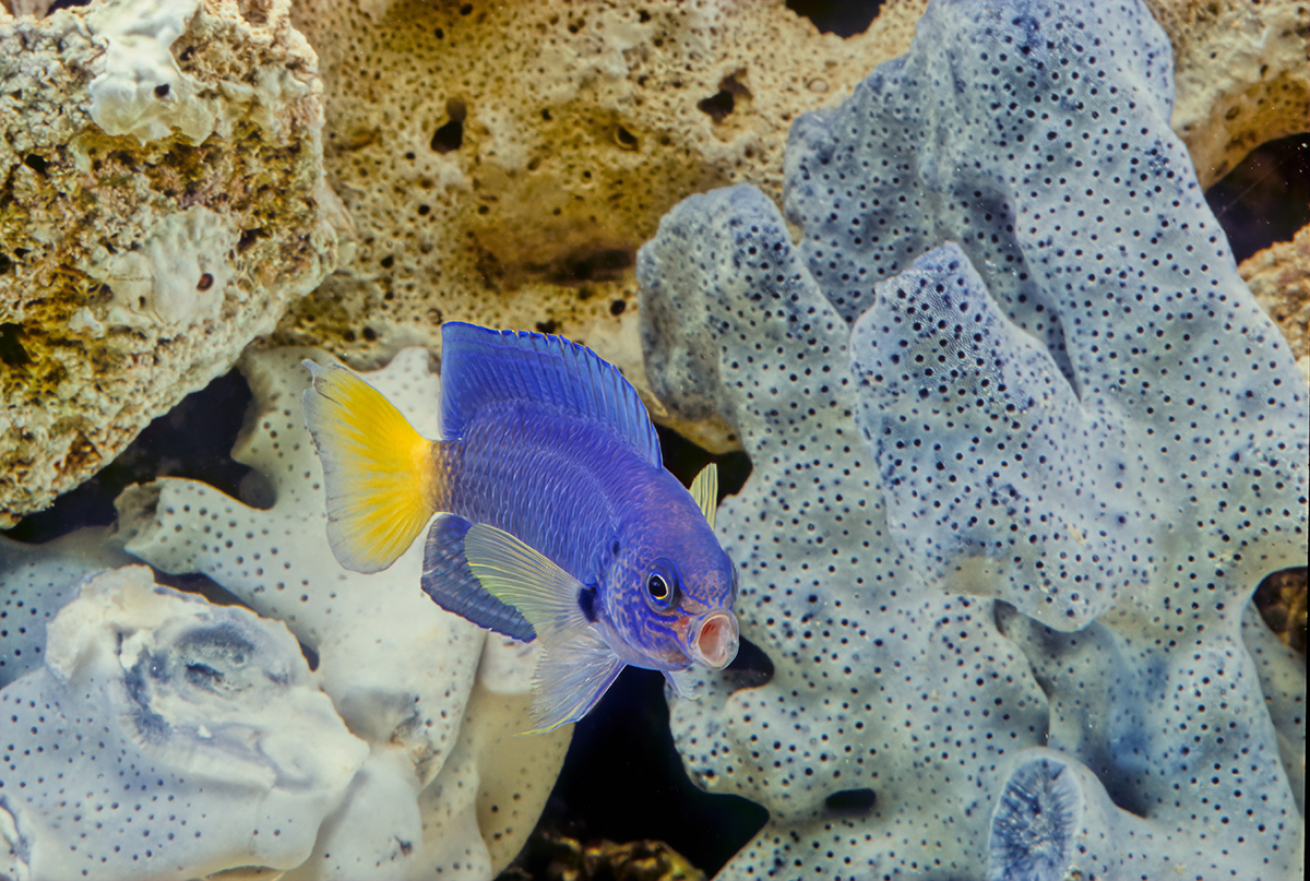New System Automates Identifying Fish Calls to Further Reef Research

Shutterstock.com/Roberto DaniThe new automated system analyzed damselfish noises, identifying the correctly 94 percent of the time.
Scientists have developed an automated system to accurately and affordably identify fish calls, which can be used to monitor reef health around the world.
“The benefit to observing fish calls over a long period of time is that we can start to understand how it’s related to changing ocean conditions, which influence our nation’s living marine resources,” says Jill Munger, a research assistant at NOAA’s Cooperative Institute for Marine Ecosystem and Resource Studies (CIMERS) at Oregon State University who led the project. “For example, damselfish call abundance can be an indicator of coral reef health.”
The research team automated how data from underwater microphones called hydrophones is processed. Hydrophones are efficient and inexpensive because they can work at night, in low visibility light conditions and over long periods of time. Thus far, their limiting factor has been the analysis of the data collected because the techniques used were not well developed.
That’s where this new research comes in. Munger received a fellowship from CIMERS to study underwater acoustics and her advisor handed her a hard drive with 18,000 hours of acoustic data on it to analyze. The data had been collected over 39 months in a tropical reef region of American Samoa in the Pacific Ocean.
She decided to focus on the distinctive calls of the damselfish. These fish grind their teeth to create pop, click and chirp sounds associated with aggressive behavior and nest defense. She began manually listening to recordings and quickly realized she needed another way.
“This is such a slow and tedious process,” she remembered thinking. “I have all this data, and I am just looking at a tiny, tiny portion of it. What’s happening in all the other parts that I haven’t had a chance to listen to?”
She had a conversation with her brother, Daniel Herrera, a machine learning engineer and co-author on the paper. Machine learning algorithms build a model based on sample training data to make predictions or decisions without being explicitly programmed to do so. This makes them highly efficient and automated for processing large sets of data. In the past, machine learning has been used to decipher acoustic monitoring data from birds, bats, marine mammals and even fish – though the science and technology to do so are still underdeveloped, Munger said.
Munger began by manually listening to 400 to 500 damselfish calls. These served as the training data for Herrera’s machine learning model, which accurately identified 94 percent of damselfish calls. Observing fish call abundance over long periods of time can connect to changing ocean conditions due to things like climate change and other human-caused influences, Munger said.
“We built a machine learning model on a relatively small set of training data and then applied it to an enormous set of data,” Munger said. “The implications for monitoring the environment are huge.”










